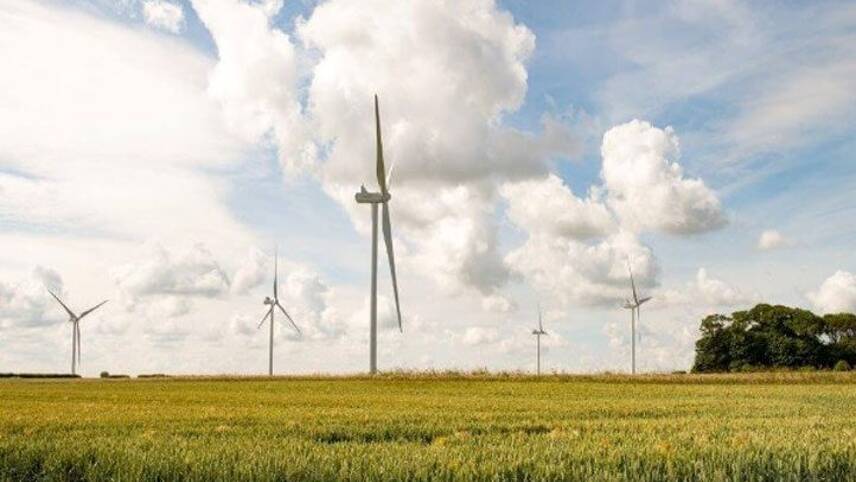Register for free and continue reading
Join our growing army of changemakers and get unlimited access to our premium content

A new report published by RenewableUK shows that the overall pipeline of onshore wind projects in the UK now sits at 37GW, up from 33GW compared to October 2021.
Research from the body shows that while only an additional 0.3GW has become fully operational in that time, the amount of capacity under construction has increased by more than 1GW to 6.8GW.
More than three-quarters of the projects are located in Scotland and RenewableUK states that if all projects in the pipeline were to be built, the UK could have 29.8GW of onshore wind capacity operational by the end of 2030, and 34GW by 2031.
RenewableUK’s CEO Dan McGrail said: “We can’t tackle the energy crisis without onshore wind – it’s one of our cheapest sources of new power and once projects have the go-ahead they can be up and running within a year.
“Despite the Government publishing its Energy Security Strategy in April, Ministers still haven’t set a target for onshore wind in the UK and they’ve only tentatively opened up the conversation about removing the block on onshore wind in England.
“We need to see a commitment of at least 30GW of onshore wind by 2030 and local communities across the UK being given the chance to benefit from generation in their area where it has local support”.
Energy support
The analysis comes just hours before Liz Truss unveils a new plan to deal with the energy cost crisis.
Previous research has shown that a lack of planned capacity additions to the onshore wind sector could see annual energy costs reach £10bn in the UK – equating to £125 per household. Research from the ECIU found that a repeat of the current gas crisis – which has pushed energy bills up in the UK – could be alleviated if the UK were to back the onshore wind sector.
The Energy Security Strategy increases the UK’s 2030 target for installed offshore wind capacity from 40GW, an ambition first set in 2020, to 50GW. There is also an ambition for up to 5GW of capacity additions to come from floating wind. These levels of deployment should mean that half of the UK’s installed energy generation capacity in 2030 will be offshore wind.
The Strategy is weaker on onshore wind. There is no target to increase capacity and no nationally applicable changes to planning rules.
The ECIU warns that the current 20GW target, compared to the rumoured 30GW target that failed to be approved in the strategy, would effectively cost £4bn each year, equivalent to £50 per household. If the gas crisis was repeated in 2035, this time with a 25GW shortfall of onshore capacity, this would equate to £10bn each year, equating to £125 per household.


Please login or Register to leave a comment.